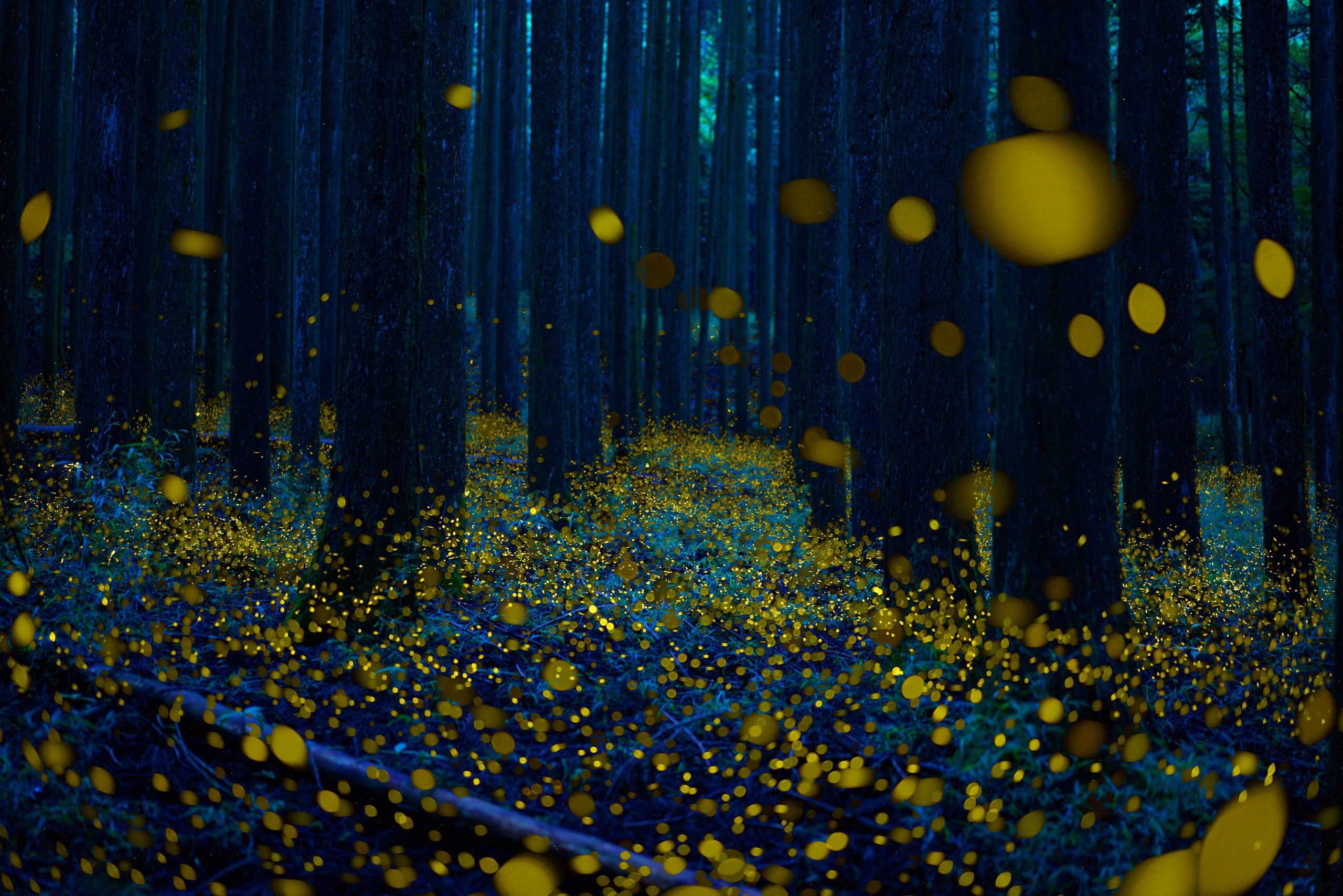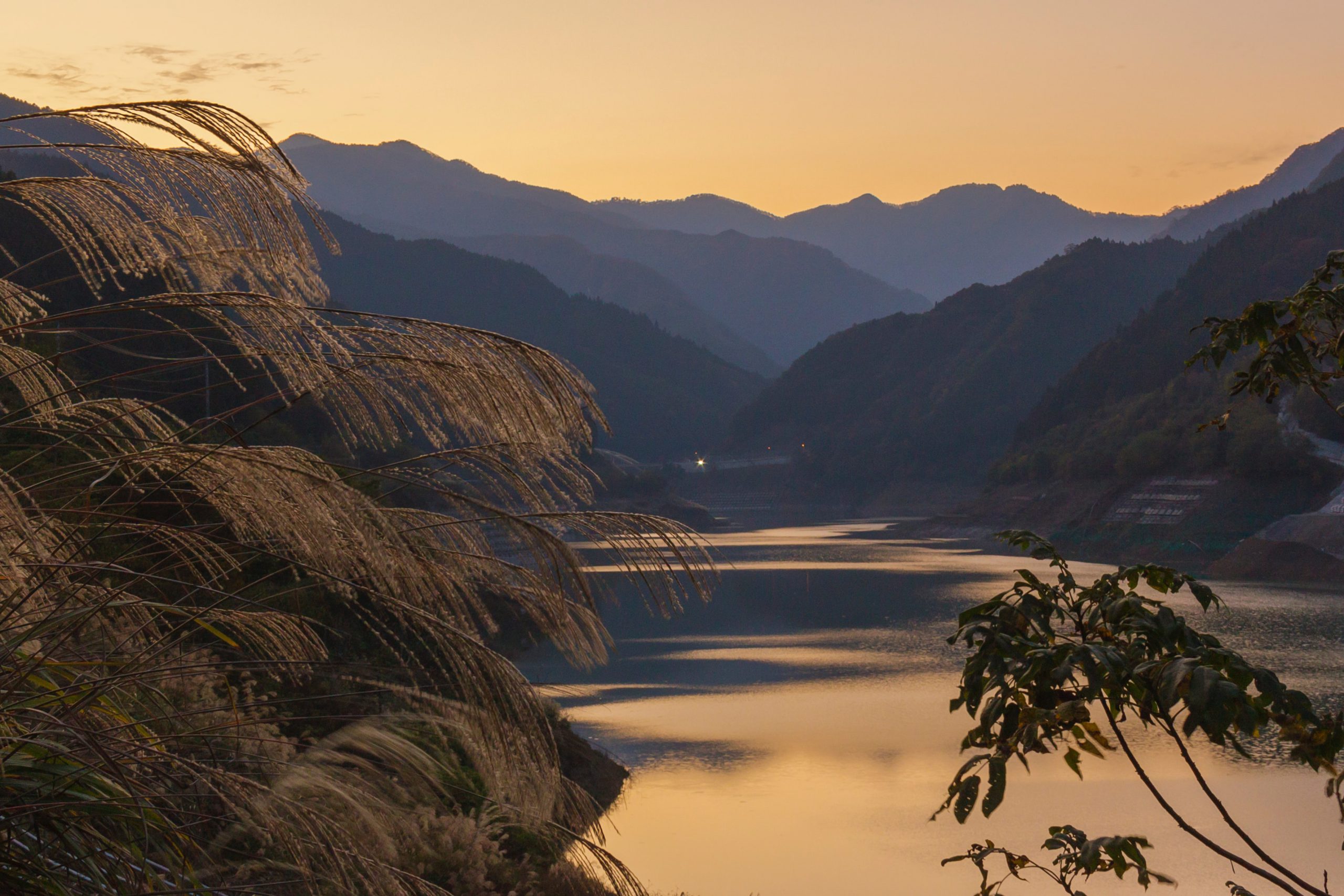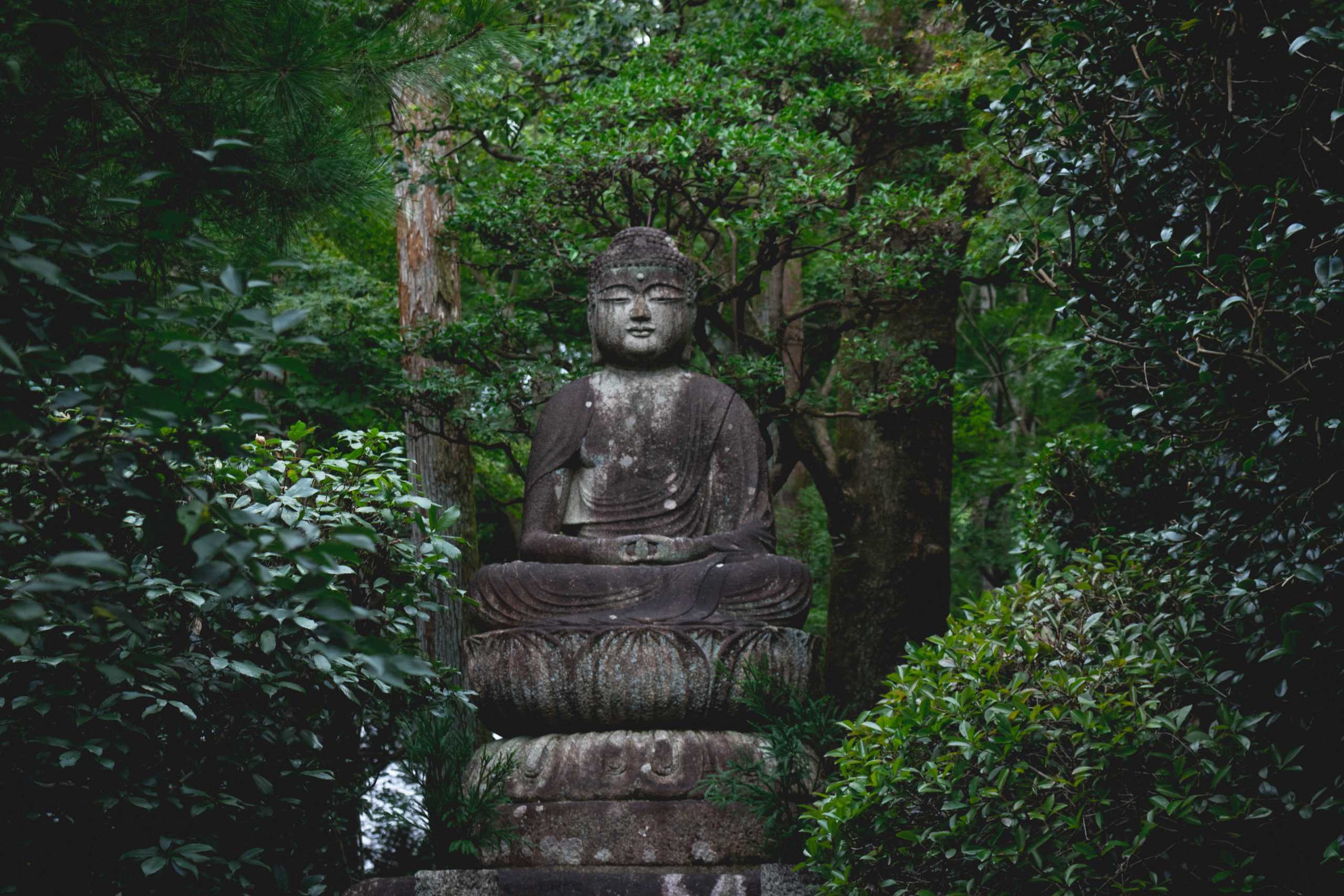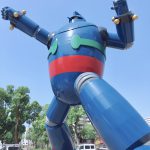
Gregg Maxwell Parker is an author and screenwriter best known for the book Troublemakers. Originally from the United States, he moved to Kobe in 2018. Gregg and his wife, Eriko, are the minds behind the blog As Seen In Japan, where they share pictures and stories from everyday Japanese life. They can be found on Twitter and Instagram.
This post may contain some affiliate links. When you click through and make a purchase we may receive some commission, at no extra costs to you.
In Japan, fireflies, known as hotaru, hold a special place in the culture. Their lights are thought by some to represent the souls of soldiers who died in the war, and they’re present in Japanese music, literature, and film. If you come to Japan and only visit Tokyo and other major cities, you might not even know about hotaru because the bright lights obscure them!
However, if you get away from the neon lights and huge crowds, you’ll find that in summer, during nights known as hotaru-gari, there are many locations where there are special events dedicated to fireflies. We’ll go over some of the best places to see hotaru and how you can take part in the fun. If you’re visiting Japan during the summer months, this is a unique experience to take advantage of.
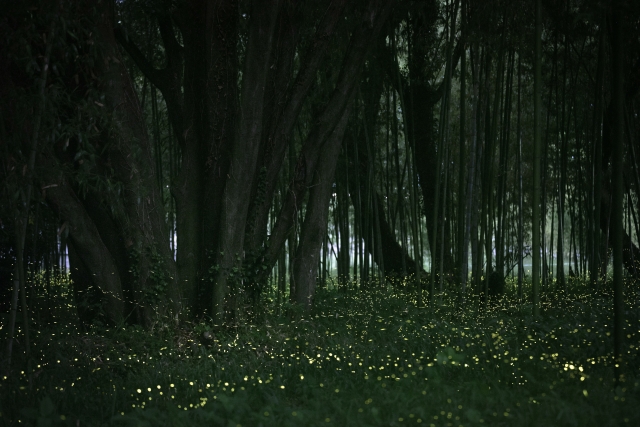
Types of fireflies
The first thing to know about fireflies is that technically, they are beetles. There are more than 2,000 species of them worldwide, and they exist on every continent except Antarctica. There are actually quite a few species in Japan, and they generally live in moist environments. Because they require clean water from streams, pollution has cut down on the number of fireflies in Japan, showing how important it is to protect natural resources so we can keep experiencing this wonder of nature.
One thing that sets some Japanese hotaru apart is that they live in the water during the larval stage, an extremely rare quality. Genji-botaru larvae live in streams, while heike-botaru inhabit rice fields and non-flowing water. They have short lifespans and glow to attract mates, which is why you can see their flashing lights. Both genji-botaru and heike-botaru are named after famous warrior families from history. The third common type are hime-hotaru, which are found in forest areas.
Most firefly festivals happen in June and July, when it is warm at night, and last only one or two weeks; if you’re able to see them in their natural habitat, the window is a bit longer.
Best places to go and see fireflies in Japan in 2024
1. Motosu Hotaru
Gifu Prefecture is in the middle of Honshu Island, not far from the city of Nagoya. About two hours by train from Kyoto, you’ll find the Motosu Hotaru Firefly Park, one of the most famous places to see hotaru. What really sets this spot apart is that while some towns bring in outside fireflies for festivals, at Motosu you can see them in their natural habitat. This also means that the timespan to witness them is a bit longer, so it’s easier to fit into your travel schedule.
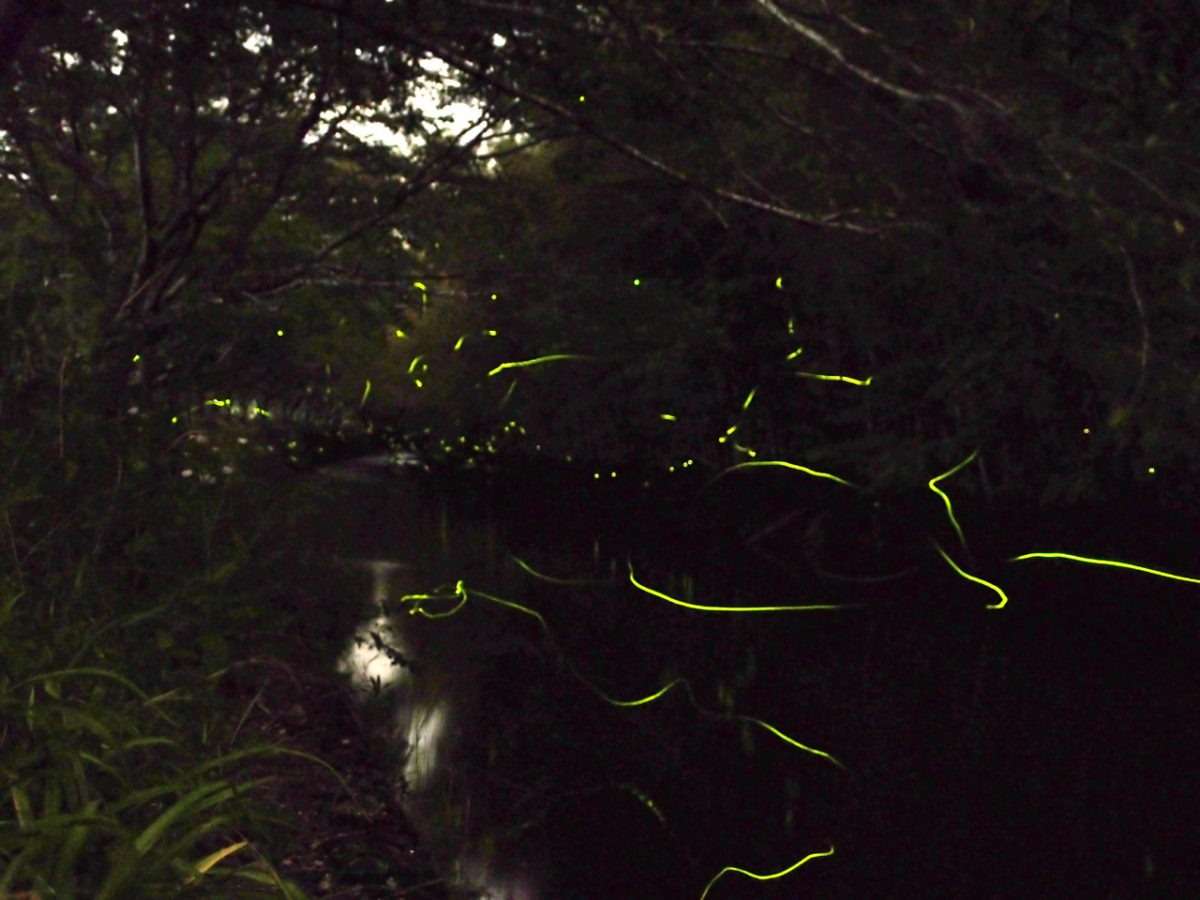
2. Tsukiyono Firefly Village
The Minakami Firefly Festival is located in Minamaki, in Gunma, which is about an hour from Tokyo by Shinkansen. The park is a short walk from Jomokogen Station, and contains a 2 km walking course that takes about an hour to get through. You can leisurely stroll along the course and see the various fireflies from mid-June to mid-July. The best time to see them is between 8 and 9 pm, when it gets dark outside. Home to the most fireflies in the Kanto region, including at least three different varieties, this location has a conservation team working to preserve these creatures that can also provide information to improve your viewing experience. Best of all, it’s completely free of charge!
3. Kushiro Shitsugen National Park
Situated on the eastern part of Hokkaido, Kushiro Shitsugen National Park contains marshlands known for being home to endangered cranes. In mid to late June, you can spot heike-botaru in the evenings on the Onnenai promenade, a wooden path that cuts through the serene natural landscape and allows visitors to see fireflies up close. Because it’s in a national park, there are no streetlights, allowing for a clear view in the darkness. This one’s a bit out of the way for most international travelers, but since the park has so many things to do, it’s worth considering as a side trip for those visiting Hokkaido.


4. Uchio Shrine
About an hour’s drive inland from the city of Kobe lies the Uchio Shrine, which has elaborate sculptures and a sacred thousand-year-old tree. It’s also a place where you can see hime-hotaru, which emit an orange light and fly low to the ground, making them stand out from other species of fireflies. During June and July, you can witness the magic of lights that appear scattered over the ground like snowfall. The only drawback of this option is its location, which can take several hours by train from Osaka. You may be better off finding local lodging rather than going all the way there and back in one evening.
5. Kugayama Firefly Festival
Typically held on the first week of June, this festival, which takes place around Kugayama Station, about 15 minutes from Shibuya, is perhaps the best way to see fireflies in Tokyo. Though you won’t be able to see as many hotaru here as you will in some of the more rural spots on the list, you can’t beat the location. If you’re in Tokyo while the festival is on, you won’t have to go too far out of your way to pop over and see if you can spot a few fireflies. There are also other areas on the outskirts of Tokyo where fireflies are sometimes visible, though again, the city is not the place to find huge swarms of them, so this is just for those who won’t be venturing far from Tokyo and have already packed schedules.
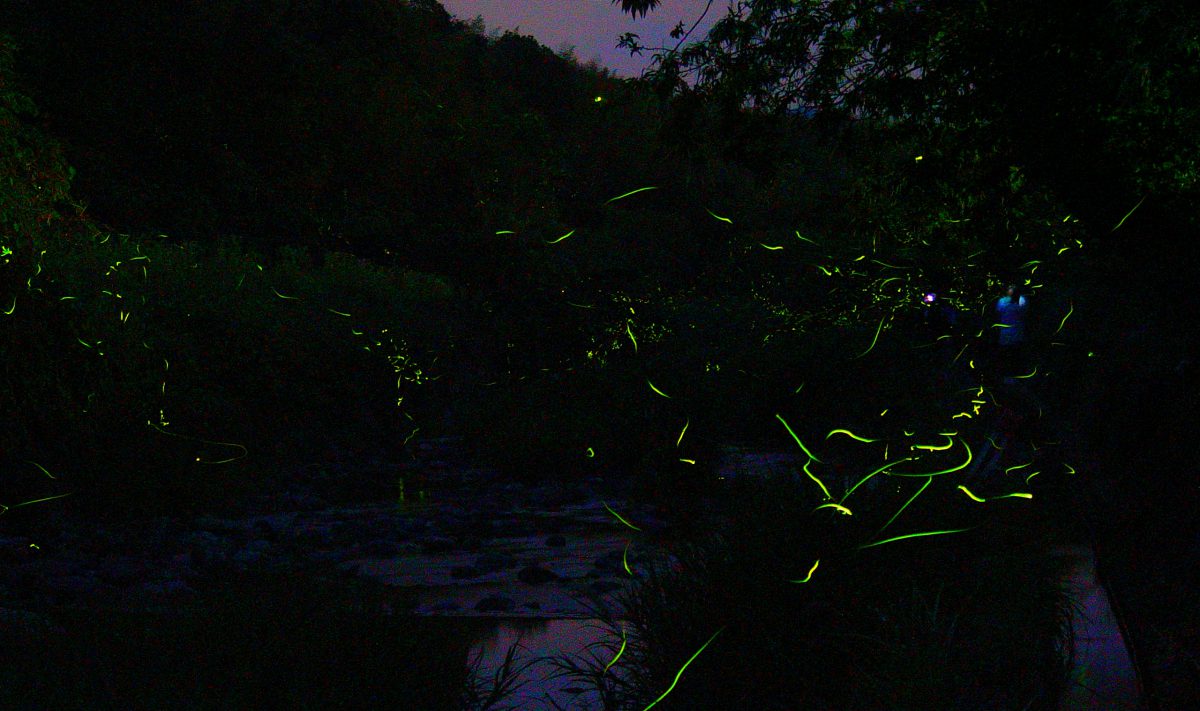
6. Uda
A small town with only about 40,000 people, Uda is in Nara Prefecture, southeast of the city of Osaka. Forty minutes from Nara, it’s in a good spot to couple with a visit to attractions like the Nara Deer Park and Todai-ji Temple. The area is known for hiking trails, old buildings, and onsen hot springs. It’s also a great spot to see cherry blossoms in the spring and visit the area’s temples. The Aki Shrine, dedicated to the goddess of the sun, is home to the Akino-Hotaru-Noh in June, where fireflies are released during traditional Noh dance performances. You’ll find fewer people here than in most tourist-driven parts of Japan, and as a result, it can be easier to spot fireflies as you walk around.
7. Hokubo Firefly Park
In the northern part of Okayama Prefecture lies Maniwa City, home of an area called Hokubo, also known as “Home of the Fireflies.” Though the village is a bit far from most tourist hotspots, it does cater to firefly-watchers, with bus service and lights along the river during the first two weeks of June to attract hotaru and benefit watchers. The area is quiet and full of natural beauty, and the nearby town is an old-fashioned Japanese village. If that sounds like your cup of tea, it’s worth the trip.

8. Iriomote-jima
The second largest island in Okinawa, Iriomote is a designated natural park, and 90% of it is covered in jungle. Among the natural wonders of the area are waterfalls, wildcats, and hime-hotaru, which are visible for much more of the year here than in other parts of Japan because of the lack of human interference. It’s sometimes possible to see them between February and May, so if you’re in Okinawa at any point during that stretch, consider a firefly watching expedition in a gorgeous national park.
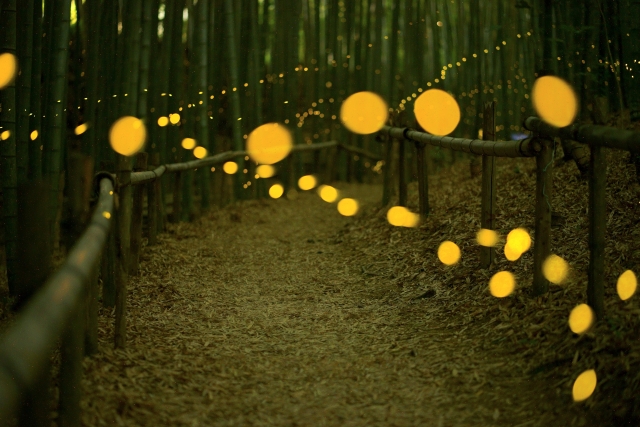
These are just a few of the wonderful places to spot fireflies in Japan. Sadly, it’s usually no longer possible to experience the fun of randomly spotting them in city parks because of light pollution and the lack of clean water these species need to survive. But if you’re willing to get out of the city, you can witness something special that you’ll be telling everyone back home about for years to come.
Follow us on Instagram, Facebook and Twitter for more travel inspiration. Or tag us to get featured!
Happy traveling!
